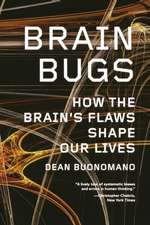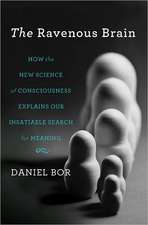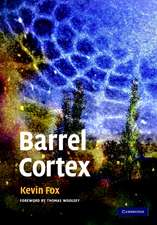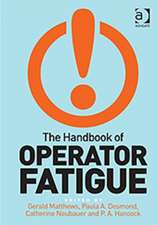Language in the Brain
Autor Helmut Schnelleen Limba Engleză Paperback – 19 mai 2010
| Toate formatele și edițiile | Preț | Express |
|---|---|---|
| Paperback (1) | 397.89 lei 6-8 săpt. | |
| Cambridge University Press – 19 mai 2010 | 397.89 lei 6-8 săpt. | |
| Hardback (1) | 599.34 lei 6-8 săpt. | |
| Cambridge University Press – 19 mai 2010 | 599.34 lei 6-8 săpt. |
Preț: 397.89 lei
Nou
Puncte Express: 597
Preț estimativ în valută:
76.14€ • 81.42$ • 63.48£
76.14€ • 81.42$ • 63.48£
Carte tipărită la comandă
Livrare economică 17 aprilie-01 mai
Preluare comenzi: 021 569.72.76
Specificații
ISBN-13: 9780521739719
ISBN-10: 0521739713
Pagini: 248
Ilustrații: 33 b/w illus.
Dimensiuni: 155 x 229 x 13 mm
Greutate: 0.39 kg
Editura: Cambridge University Press
Colecția Cambridge University Press
Locul publicării:Cambridge, United Kingdom
ISBN-10: 0521739713
Pagini: 248
Ilustrații: 33 b/w illus.
Dimensiuni: 155 x 229 x 13 mm
Greutate: 0.39 kg
Editura: Cambridge University Press
Colecția Cambridge University Press
Locul publicării:Cambridge, United Kingdom
Cuprins
Part I. Introducing Cognitive Neuroscience to Linguists: 1. The brain in functional perspective; 2. Organization in complex organisms; 3. Neural perspectives of semantics: examples of seeing, acting, memorizing, meaningful understanding, feeling, and thought; 4. Combination and integration of intelligent thought and feeling; Part II. Introducing Linguistics to Scientists: 5. Introducing formal grammar; 6. Grammar as life; 7. Integrating language organization in mind and brain - the world of thinking and knowing, liking or hating other people's mind/brain/bodies; 8. Dynamic language organization in stages of complexity.
Recenzii
"The book is informative [and] ambitious."
Andrew Kertesz, The Canadian Journal of Neurological Sciences
Andrew Kertesz, The Canadian Journal of Neurological Sciences
Notă biografică
Descriere
A neurocognitive analysis of the form, use and meaning of language, bridging the gap between linguistic and neuroscientific studies.














